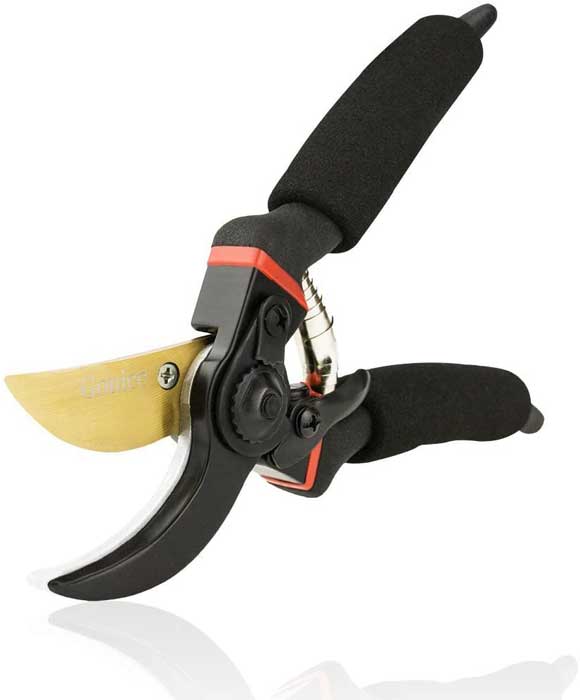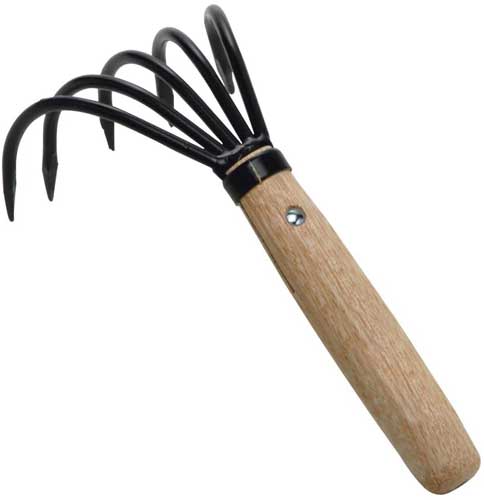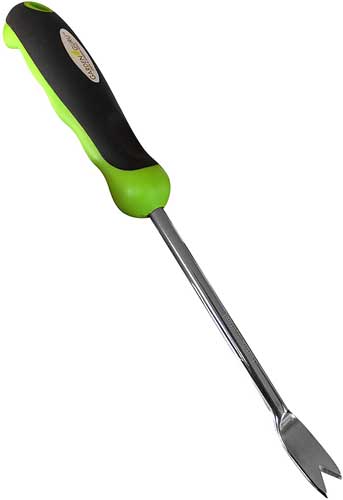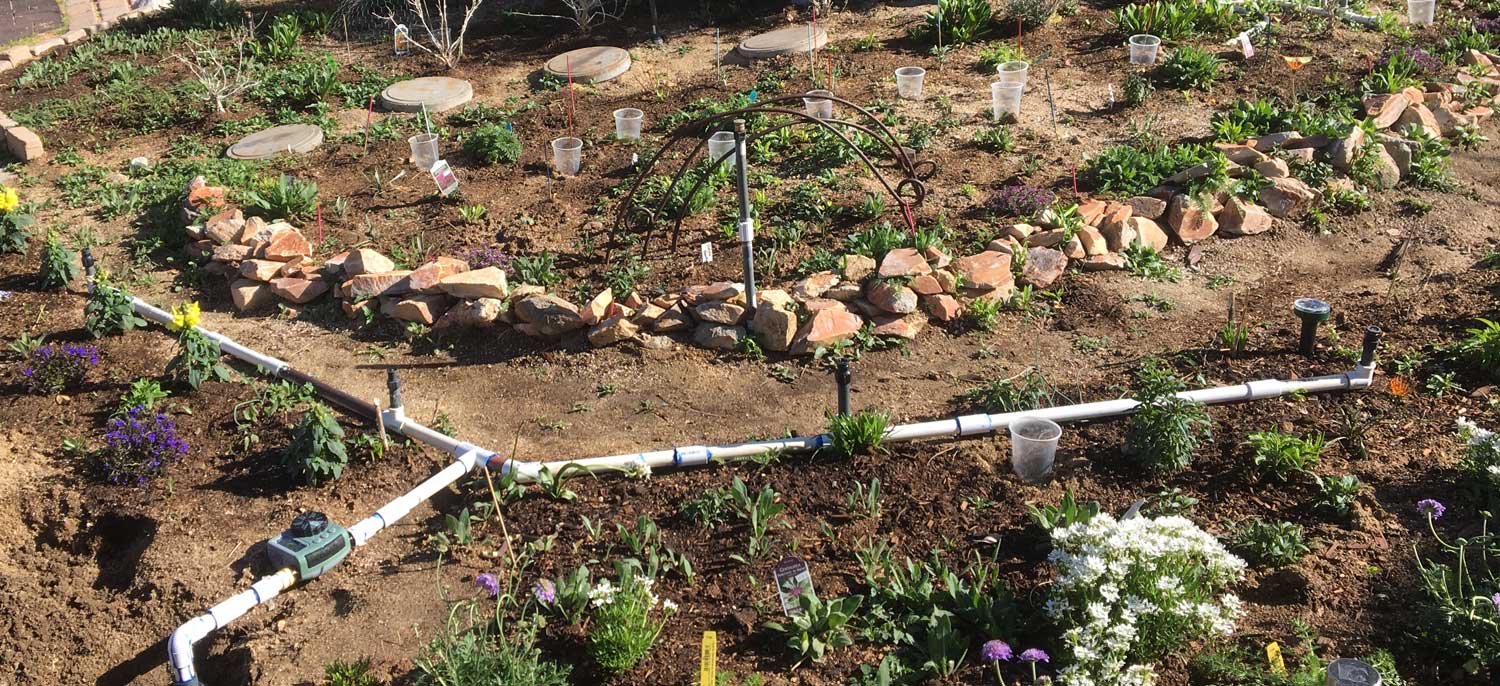Spring Chores – First Steps
When the weather has warmed enough and the signs of spring are shouting “Get to Work!” it’s time to pull out those gardening gloves and tools. Put on your grubbies and dig in.
There is no doubt that spring is the most labor intensive season for gardeners. Add to that the fact that in the high desert spring is a very short season. Between the last frigid nights of February and the likelihood of days in the 80’s by mid to late March – there is a lot of work to be done.
#1 Cutting back
You have now been looking at your brown and messy garden for a few months and thinking – oh, I’ll deal with that later. Well the sun is warm and the time is here. (Make sure you are not starting too early – Is spring really here?) It is easy to feel overwhelmed but as they say – baby steps. I like to start at one end of one bed and methodically work my way through. An exception to this approach would be if the weather is warming quickly and you have new plants that need to get in the ground ASAP. Obviously then you want to work on the areas where they will go first.
The first spring chore to tackle is to cut back your plants. The brown foliage that you have left as winter protection now must go. For some plants this will be as easy as cutting the entire plant down to 12-18 inches. This generally applies to more woody plants like Russian Sage and Caryopteris. Others require more care in removing the dead and leaving the green. These types of plants include artemisia, gallardia and yarrow. For specifics on individual plants check out my Plant Index.


The best tool for this job are gardening shears. Buy a good pair – they will be used constantly.
I personally prefer the style that has a spring and can be locked with a sliding catch to the Fiskar’s type button for my arthritic hands.
#2 Weeding/Soil Prep
Either after or while cutting back your plants you will want to pull any weeds and loosen the soil around the base of plants and between them. Within your beds you may have some weeds for the first couple of years if you have brought in new soil. However after that there should be very few.
These are the steps in which you will be micro-managaing your garden beds. Look closely at each plant and assess its health. Assess your soil which will most likely be looking dry and poor.

Keep your eyes out for signs of seedlings from self sowers. Look for plants that have grown too large.

A hand claw is the best tool for loosening soil around your plants. If there is more space between your plants and you are more coordinated than I am, you can opt for a claw with a longer handle.

A dandelion weeder is one of the most useful garden tools I have. Not only will it help you get weeds out of crevices and from between rocks I also use mine to loosen soil around plants, etc, etc.
#3 Dividing
While you were cutting back and weeding you will have noticed plants that have grown very large and might perhaps be encroaching on their neighbors. In my garden the common culprits are gallardia, yarrow and shasta daisies. You also have probably found bare spots where you either lost a plant or had previously planted annuals. Or you have decided to add or extend a bed that needs filling. Problems solved.
There are many perennials that are easily divided and in fact many that having overgrown their comfort zone benefit from division. In fact some grow so quickly that I have advised starting with only a few as in a short time you will have many. What a boon! Division is the easiest, and if done at the right time of year the most successful way to propagate your plants.
Spring and fall are the times to divide your plants. I prefer the fall mainly because there are fewer garden chores at that time of year. As long as your plant is divided by early October there is plenty of time for it to settle in before winter arrives. Springtime is equally successful as long as it is done while still cool – best while temperatures are still in the 60’s.
You can find the specifics of division in my post….

A long handled trenching shovel is pretty much the only shovel I use in my garden beds. It is narrow enough to get between plants and sinks deeply enough to get down to the roots. It’s flat edge also makes it useful for breaking apart root balls.

It’s all starting to look a lot better now! Once these tasks are completed it is time to move on to

0 Comments